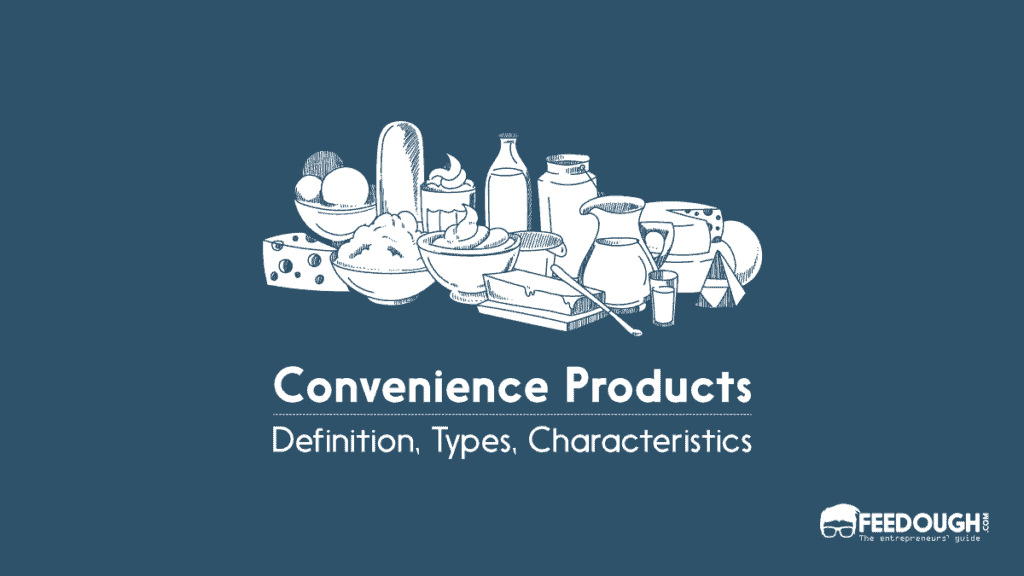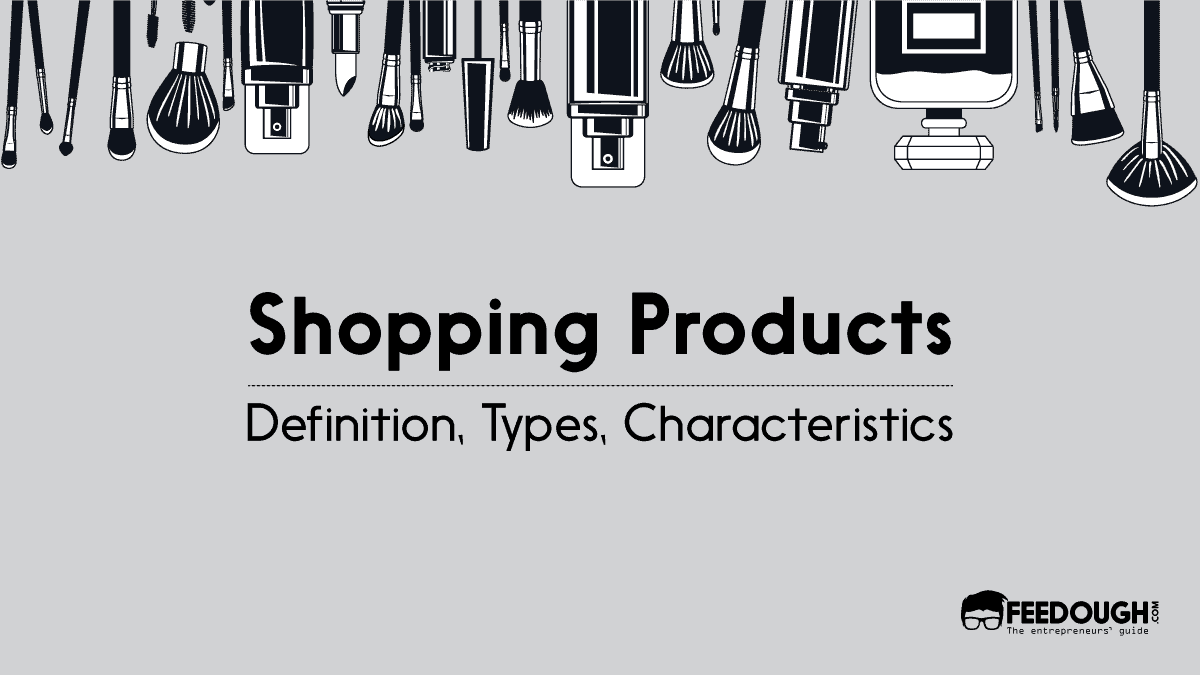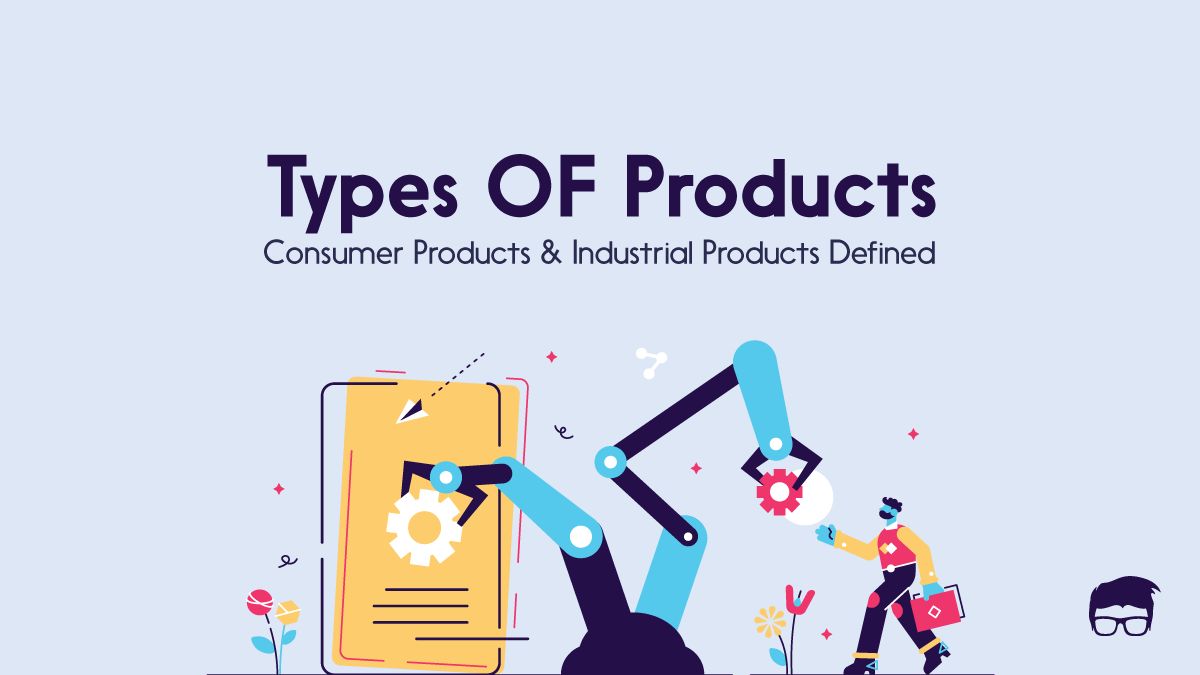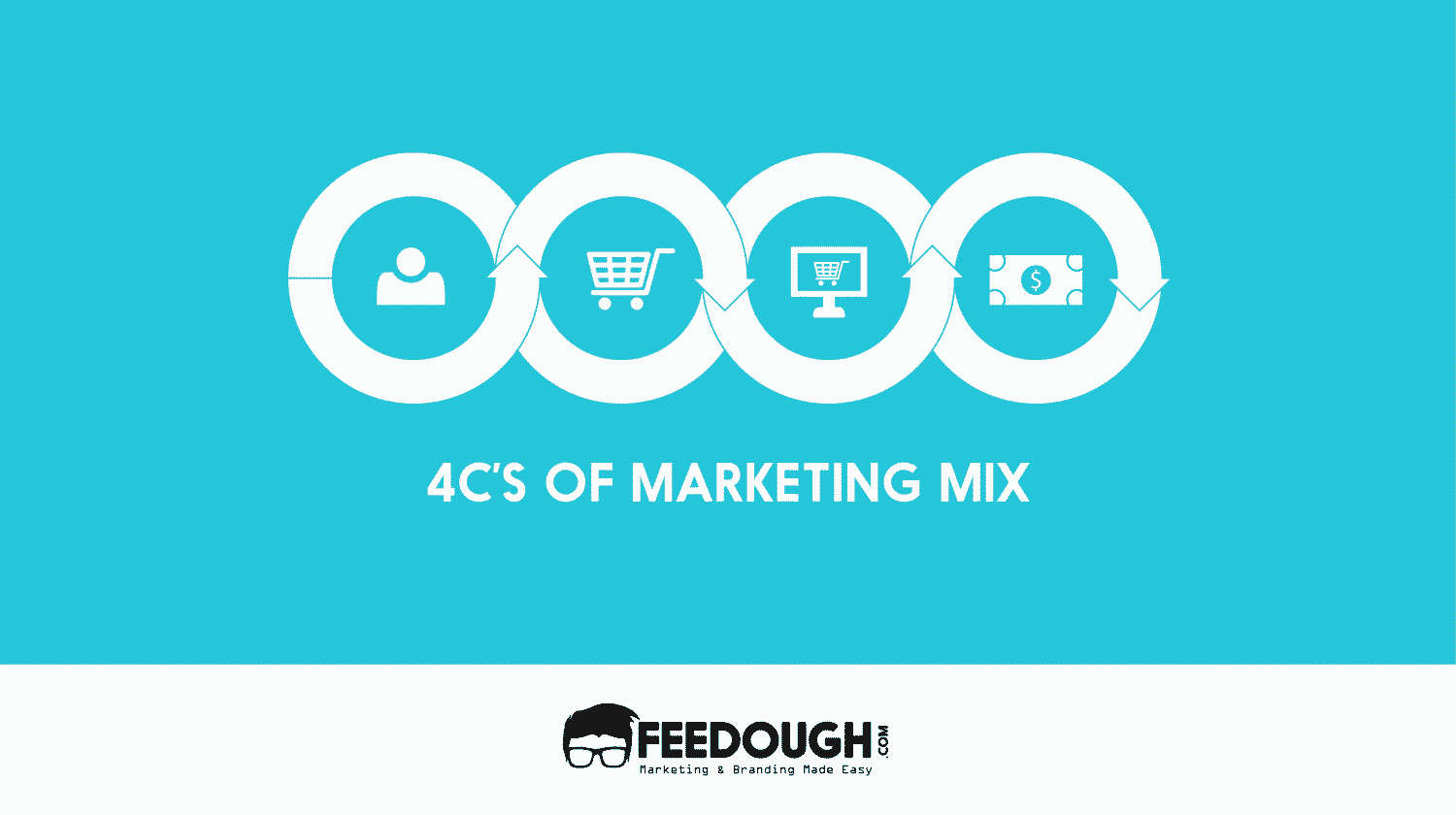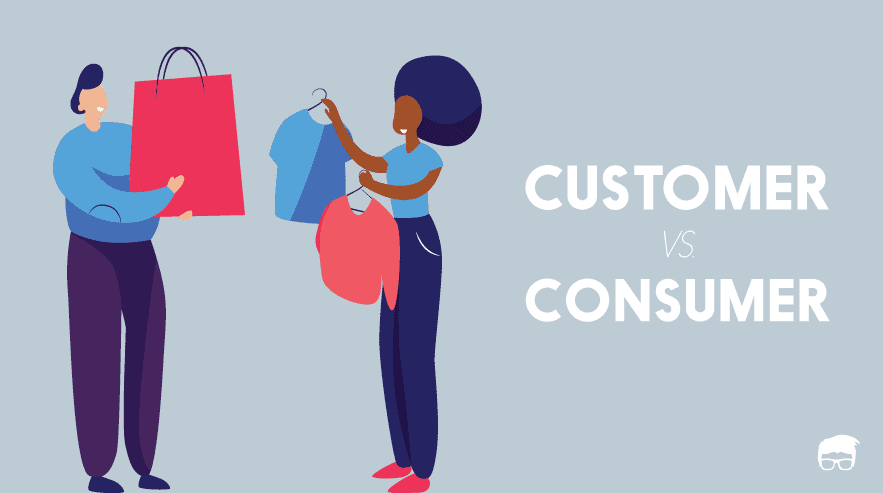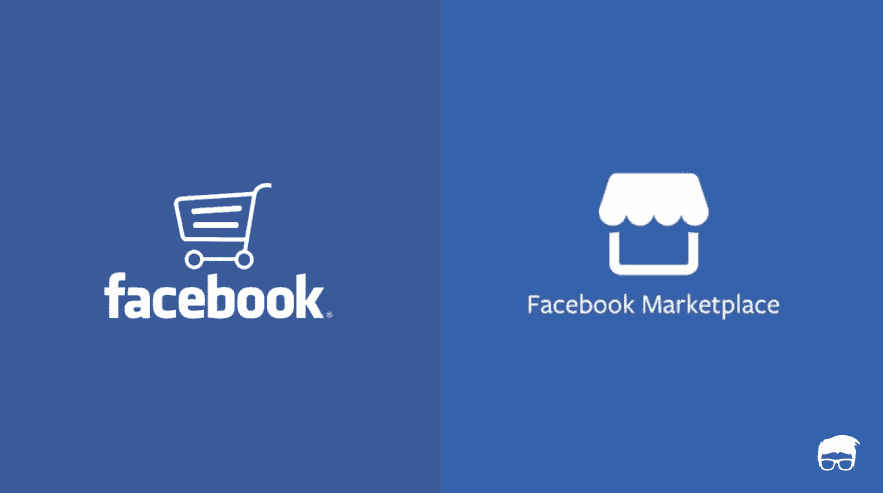Everyone has gone for a stress-free purchase at least once, having a list of things one needs to buy and just going along putting those in the cart without any fret.
Maybe it is a product used regularly, or something one liked at the store, or just a case of a product required urgently. Such products are convenient to buy as the customer doesn’t need to put much effort in deciding what to buy, where to find them, how much to pay, etc.
These are convenience products.
What Are Convenience Products?
Convenience products are routinely used consumer products that are frequently purchased.
These products’ purchase decisions are usually triggered by a routine need, habit, impulse, and sometimes an emergency. Hence, they’re bought immediately with minimum effort. Sometimes, the customer doesn’t even compare such products with the other available options.
Owing to their daily habits, consumers are satisfied with the convenience products that they usually use and are less willing to shop for new brands or try different varieties.
Take, for example, daily use products such as grocery items, newspapers, milk, toothpaste, umbrella
Characteristics Of Convenience Products?
Convenience products can be identified using the following characteristics:
- Regular Purchases: Since customers use these products in their routine, they purchase them frequently in small lots and not bulk purchases in one go.
- No purchase plan: Usually, habits and routine needs influence customers to purchase convenience products. So they don’t take into account different parameters before making decisions and do not even plan their purchases sometimes.
- Available easily: These goods are available in easily accessible retail shops to aid routine purchases.
- No differentiation among other products: Competitor brands offer similar products at identical prices. Hence, customers make decisions based on brand loyalty, habits, and availability.
- High competition: There is excessive competition in this market segment because there is no differentiation among products, and the supply is much greater than its demand.
- Relatively inelastic demand: Since convenience products are considered a necessity, their demand does not change significantly even if the prices fluctuate. Hence they are said to have relatively inelastic demand.
- Generally consumable: These products mainly include daily-used items like eatables, detergent, etc., that are not affected by trends, fashion, and other external influences.
- Mostly uniform and consistent: Convenience products are either mass-manufactured or mass-produced. It determines the uniformity and consistency of the products. For example, detergent is a manufactured good and hence maintains standard quality.
However, certain exceptions like the agricultural-produced goods like fruits, vegetables, or flowers may vary in terms of quality but are still uniform.
Types Of Convenience Products
Based on their characteristics, the products that fall in the category of convenience products can be classified into three types
Staple Products
Staple products are those customer necessity items that customers purchase in their routine.
Staple products are the most important items that form the daily needs and wants of the customers. Hence, they are always in demand, irrespective of season or business cycles. Moreover, since they’re used so frequently, the customers don’t try to change their decision-making process and try something new unless they’re asked to.
A few examples of staple products are daily consumable items such as sugar, bread, milk.
Impulse Products
Impulse products are the impromptu purchases by the customers; they purchase such products without any planning. For example, going grocery shopping and ending up craving for a chocolate bar or cold drink.
Advertising and marketing play an important role in the sales of impromptu products. Often, customers purchase such products because of the point of purchase advertising, marketing gimmicks, or other such influence that influences their purchase decisions.
Examples of impulse products are the parasite products like chocolates and candies near the cash counter of a grocery store.
Emergency Products
Emergency products are those customer items that become necessary due to some urgency. Customers tend to buy such products instantly without any second thought.
These products do not comprise the customer’s essential needs but suddenly become necessary because of emergencies. The need for these purchases arises from unexpected situations and hence are occasional with no purchase plans. For example, a customer on their way to a meeting might end up purchasing an umbrella due to sudden rain.
Since these are immediate high-priority needs, the customer prefers buying these products from places that can fulfil their needs as soon as possible.
These products are usually not promoted or advertised but made extensively available to be readily available whenever required.
Moreover, due to the spontaneous purchases of these products, the customers do not compare the price and quality. They readily purchase any available product and aligns with their needs, hence does not exhibit brand loyalty.
Examples of emergency products include the purchase of a torch or candles in case of a sudden power cut, or snow shovels when there is weather prediction of ice storms. The customer won’t compare these with other products because of critical and absolute needs.
Convenience Products Vs Shopping Products
There are four types of consumer products: Convenience Products, Shopping Products, Speciality Products, and Unsought Products.
Shopping products are the type of less frequently purchased consumer products. The customer usually compares these products in terms of price, quality, features, and style with other alternatives, and hence it requires considerable time and effort from the customer’s side.
The requirement of these products can be compromised; hence, these are not absolute necessities, so they conclude less purchase frequency.
Below are some parameters which provide clear differentiation between convenience and shopping products:
Basis | Convenience Products | Shopping Products |
|---|---|---|
Purchase frequency | The purchase frequency of convenience products is high, and therefore they are continuously in higher demand than shopping products. | Unlike convenience products, shopping products are infrequently purchased and hence are comparatively less in demand. |
Availability | These products are easily available at nearby stores as extensive distribution is the primary marketing strategy. | These are not as easily available as convenience products, as they are distributed through fewer outlets. |
Time and efforts | The purchases of convenience products don’t require much time and effort as these are non-planned. | Comparing price, quality, and style of shopping products with other similar products requires a lot of time and deliberate effort because these are not regular purchases. |
Durability | These products are generally non-durable as they include consumable items. | These products are durable, as they are less prone to wearing out. |
Opportunity cost | These consist of inexpensive routine needs. Hence there is less or no opportunity cost. Impulse purchases may sometimes lead to wrong decisions, and hence more opportunity cost. | Since shopping products are costly, they have a higher opportunity cost in terms of wrong decisions. |
Promotion | Convenience products are not easily differentiated and hence require a mass promotion strategy. | Shopping products require targeted promotion, as they focus only on customers who are most likely to purchase their product. |
Example | Detergents, Fast food, sugar | Furniture, Electronics, Clothing |
Go On, Tell Us What You Think!
Did we miss something? Come on! Tell us what you think about our article on convenience products in the comments section.
A startup consultant, digital marketer, traveller, and philomath. Aashish has worked with over 20 startups and successfully helped them ideate, raise money, and succeed. When not working, he can be found hiking, camping, and stargazing.
